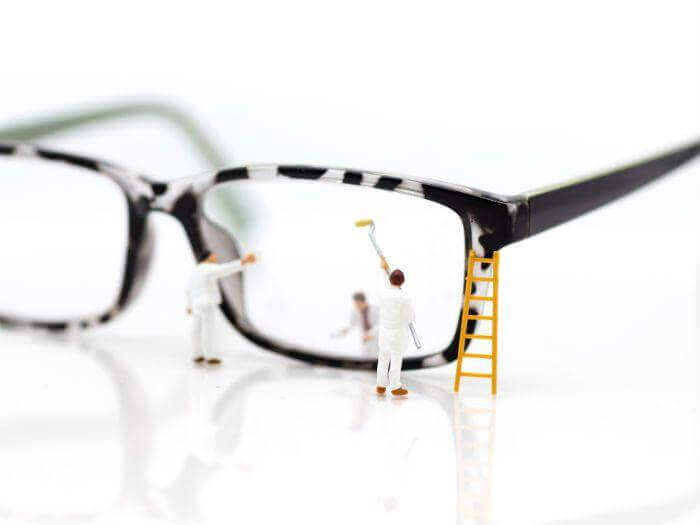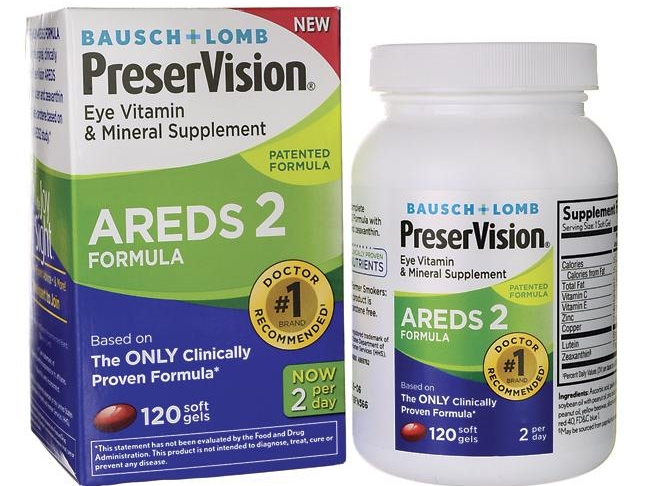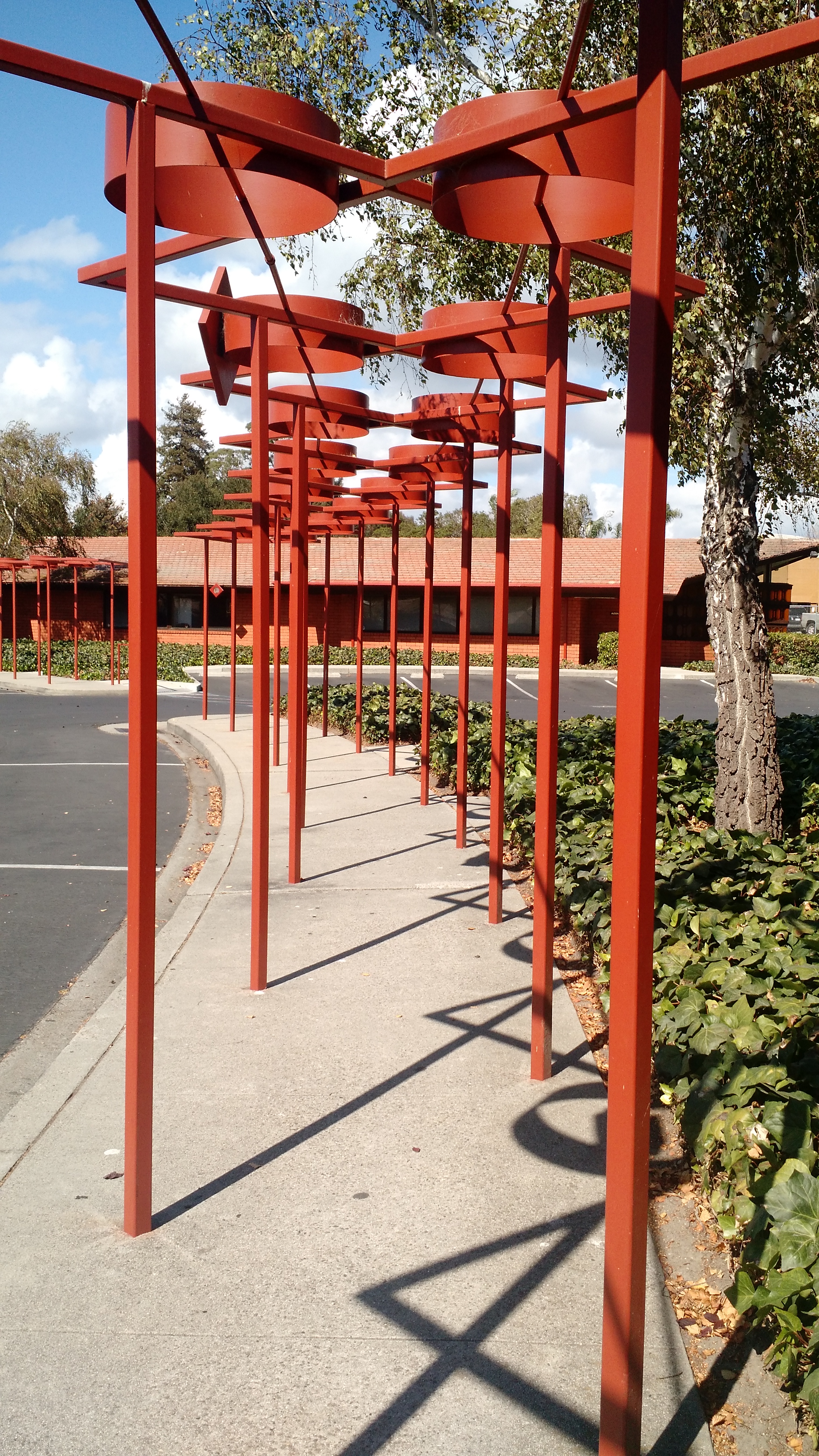Glaucoma vs Cataracts: What’s the Difference?
/Two of the most common conditions we at Midtown Optometry treat and manage are glaucoma and cataracts.
While both fall into the category of ocular disease, they are very different: while cataracts are the natural result of aging and eventually happen in all eyes, glaucoma affects the optic nerve, which is the eye’s connection with the brain, causing peripheral vision loss, or even blindness in as little as two days.
Knowing this, let’s start off with the…
Causes of Glaucoma
Glaucoma is usually caused by high pressure inside the eye, and it is a degenerative condition of the optic nerve; the increased pressure inside the eye leads to damage of the optic nerve.
What are the Symptoms of Glaucoma?
There are two common types of glaucoma, open-angle glaucoma, and acute and chronic angle-closure glaucoma, and they have very different symptoms.
Acute Angle Closure Glaucoma
Acute angle-closure glaucoma is a medical emergency and must be treated immediately.
It’s symptoms include:
severe eye pain
nausea and/or vomiting
visual disturbances, usually in dim light
blurry vision
seeing halos around sources of light, and
redness of the eyes
Acute angle-closure glaucoma can quickly result in blindness. If you believe you have acute angle-closure glaucoma contact us or your regular optical professional immediately.
Open-Angle Glaucoma and Chronic Angle-Closure Glaucoma
Both these types of glaucoma progress more slowly than the more serious acute angle-closure glaucoma, but that means that it’s possible for them to damage your optic nerve without showing any symptoms. Still…
Possible symptoms of these two types of glaucoma include:
the gradual loss of vision in both eyes, and
tunnel vision in the later stages of the disease.
These symptoms are often not immediately noticeable, which is why, here at Midtown Optometry, we perform a detailed screening for glaucoma at your every annual eye exam. If the pressure is found to be too high, eye drops may be prescribed by our optometrists to lower eye pressure into the normal range.
We digitally capture an image of your unique optic nerve anatomy so we can compare it to future images looking for subtle changes over time and potential tissue damage.
We also administer threshold visual field tests on a regular basis to make sure no vision loss is occurring. People with a family history of glaucoma should be aware that it has a strong hereditary component, and they should be sure to take their annual eye exams every year.
Next…
What is a Cataract?
Doctors define cataracts as a more benign condition that eventually happens in all eyes. Cataracts’ main causes are when the lens inside your eye (which is located directly behind the iris) slowly becomes opaque due to changes in the protein structure.
This natural process can be accelerated by UV exposure or trauma.
Vision With Cataracts
Cataracts in your eyes cause light scattering, difficulties with glare and oncoming headlights, the need for more light to read, and a decrease in contrast sensitivity.
Unlike glaucoma, cataracts can be removed by a straightforward surgical procedure that our doctors will co-manage with an eye surgeon. The opaque lens will be replaced with a clear silicone implant that will remove the cataract and reduce dependency on glasses. The doctor will choose a lens power that will properly focus your vision.
Midtown Optometry is a specialist eye care clinic in Santa Cruz, California.
Our Doctors at Midtown Optometry evaluate the lenses of your eyes at every yearly exam for the onset of cataracts and advise you on your treatment options.
































